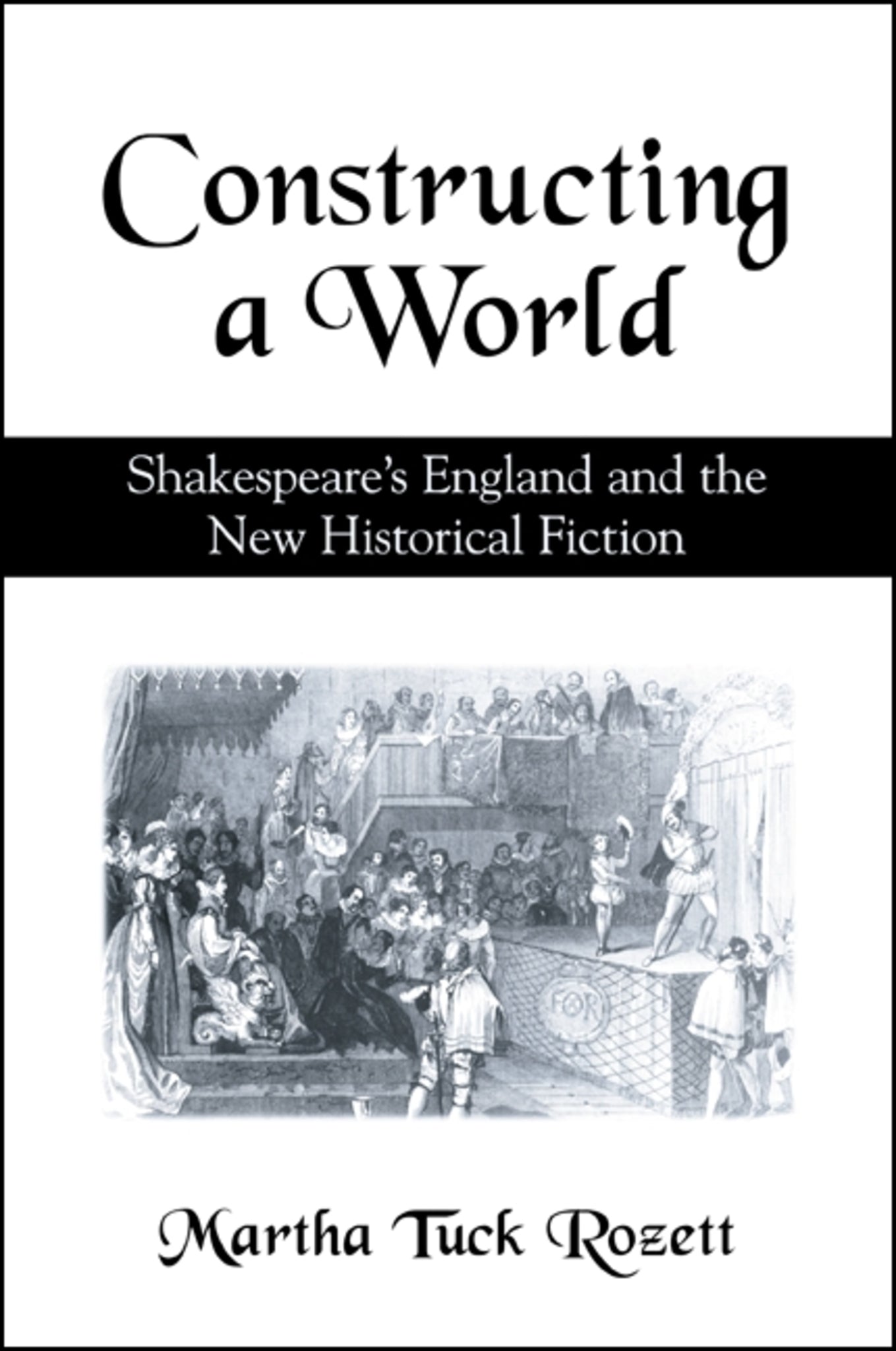We're sorry. An error has occurred
Please cancel or retry.
Constructing a World

Some error occured while loading the Quick View. Please close the Quick View and try reloading the page.
Couldn't load pickup availability
- Format:
-
24 October 2002

Examines recent developments in historical fiction, with particular attention to the way contemporary writers have portrayed Shakespearean England.
Taking its title from Umberto Eco's postscript to The Name of the Rose, the novel that inaugurated the New Historical Fiction in the early 1980s, Constructing the World provides a guide to the genre's defining characteristics. It also serves as a lively account of the way Shakespeare, Marlowe, Raleigh, Queen Elizabeth I, and their contemporaries have been depicted by such writers as Anthony Burgess, George Garrett, Patricia Finney, Barry Unsworth, and Rosalind Miles. Innovative historical novels written during the past two or three decades have transformed the genre, producing some extraordinary bestsellers as well as less widely read serious fiction. Shakespearean scholar Martha Tuck Rozett engages in an ongoing conversation about the genre of historical fiction, drawing attention to the metacommentary contained in "Afterwords" or "Historical Notes"; the imaginative reconstruction of the diction and mentality of the past; the way Shakespearean phrases, names, and themes are appropriated; and the counterfactual scenarios writers invent as they reinvent the past.


Acknowledgments
1. Introduction: Historical Fiction Old and New
2. Of Narrators; or How the Teller Tells the Tale
3. Historical Novelists at Work: George Garrett and Anthony Burgess
4. Barry Unsworth's Morality Play and the Origins of English Secular Drama
5. Fictional Queen Elizabeths and Women-Centered Historical Fiction
6. Rewriting Shakespeare: The Henriad with and without Falstaff
7. Teaching Shakespeare's England through Historical Fiction
Notes
Works Cited
Index



